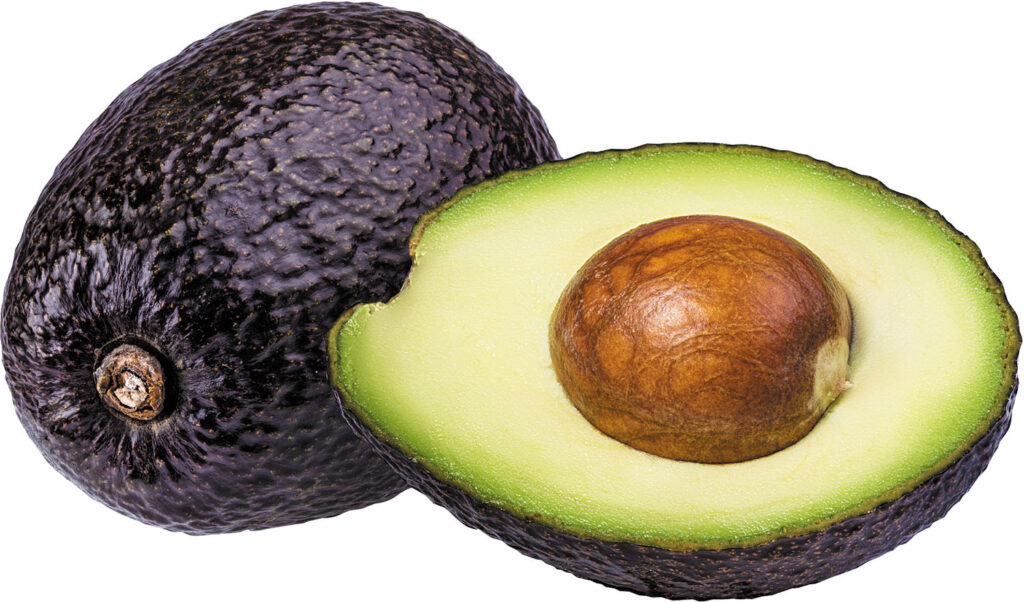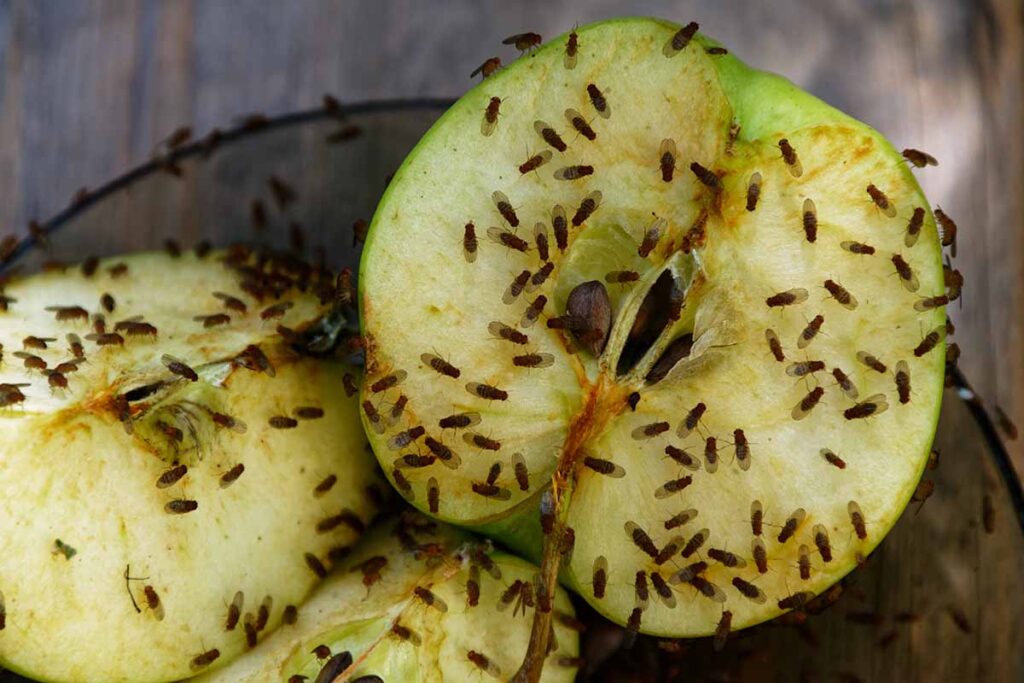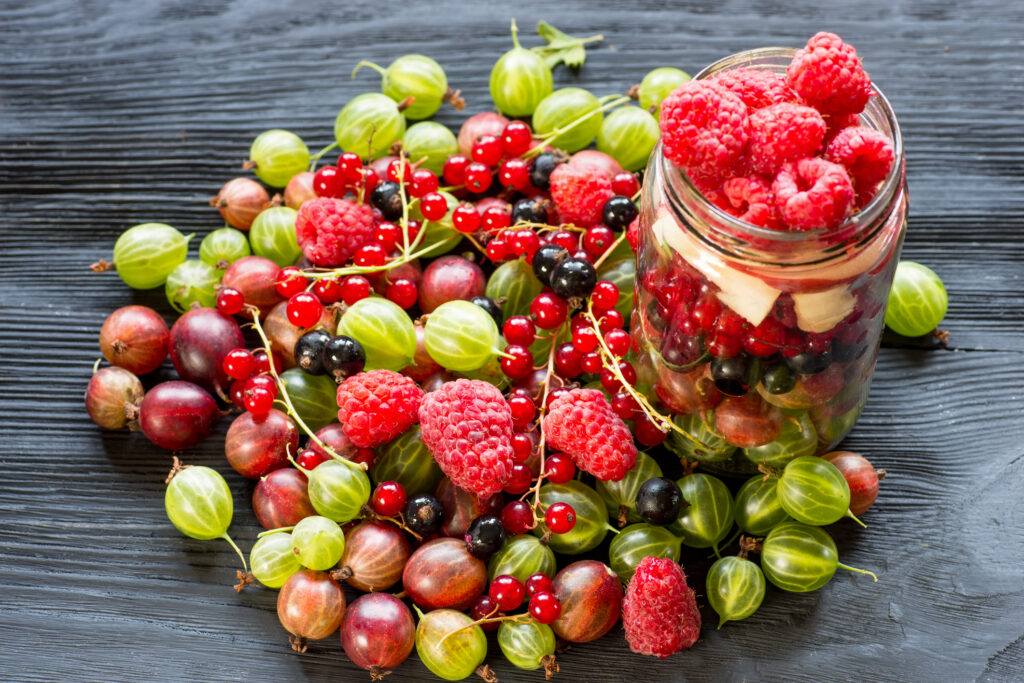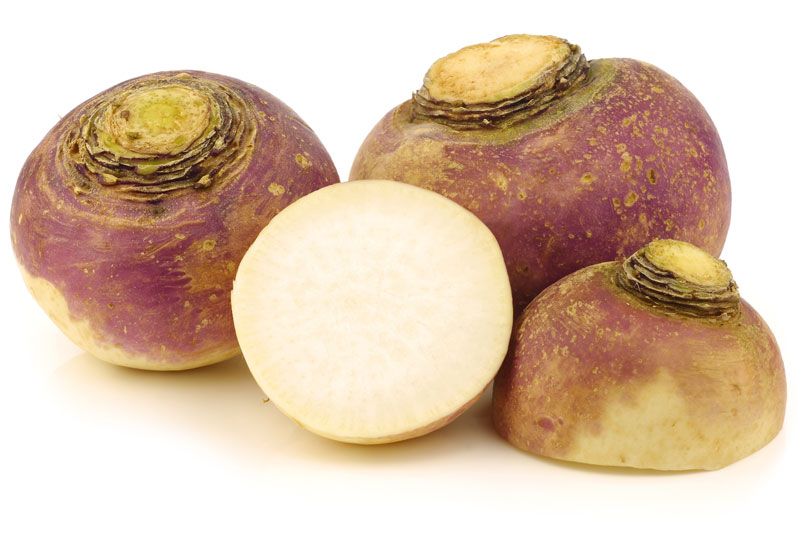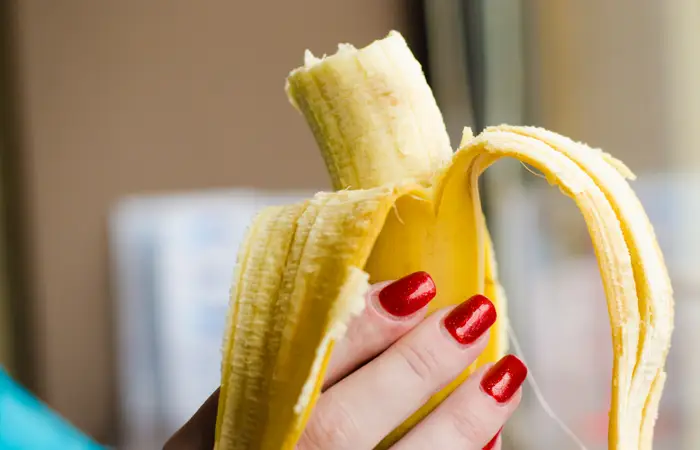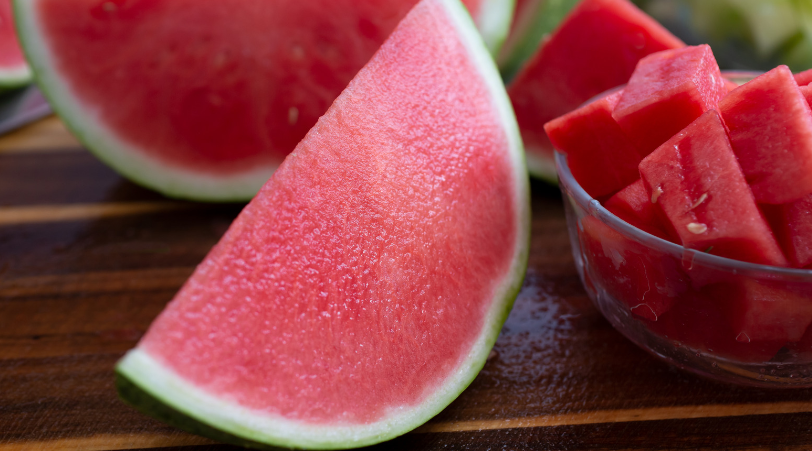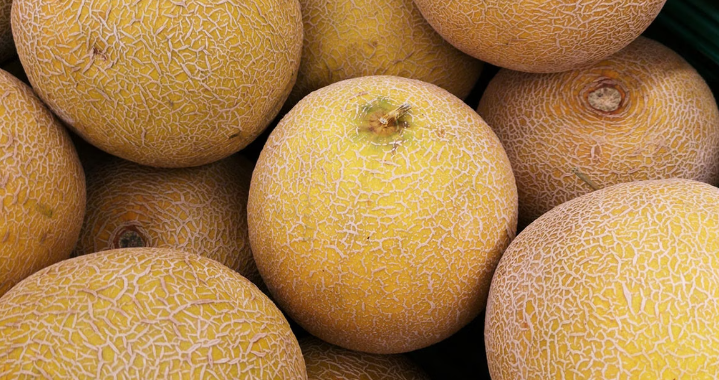For those who want to grow papayas, knowing if a seed will grow into a male or female plant is really important. Female plants are the ones that make the fruit we eat, but male plants do not make any fruit. In this guide, we’re going to show you how to tell the difference between male and female papaya seeds.
Table of Contents
- Why It’s Important to Know Papaya Seed Gender
- Differences between Male and Female Papaya Plants
- What Influences Papaya Plant Gender?
- Environment’s Role
- Genetics Matter Too
- Identifying Male and Female Papaya Seeds
- Checking Seeds by Looking at Them
- Starting Seeds to See Gender
- Moving Plants Method
- Frequently Asked Questions
- Can a male papaya change to a female?
- Do papaya trees need male and female?
- Does male papaya have seeds?
- Do male papaya plants flower?
- Which papaya is self-pollinate?
- Can a female papaya tree bear fruit?
- Is male papaya fruit edible?
- How to convert male papaya tree to female?
- Conclusion
Why It’s Important to Know Papaya Seed Gender
Understanding whether papaya seeds are male or female is a key part of successful papaya fruit farming. Only female plants grow the papaya fruits, while male plants help with the pollination process.
If you have too many male plants, they could take up space without producing any fruit, which lowers your harvest. It also helps you stop different types of papayas from mixing together. When different papaya plants pollinate each other, they can create hybrid plants that may not have the qualities you want.
Choosing the right kind of papaya seeds means you’ll have a better chance of getting lots of good fruit. It also helps you be sure you’re growing plants that fit what you need. So, knowing about the seeds you’re planting is critical for having a successful papaya crop.
Differences between Male and Female Papaya Plants
Papaya plants show clear signs that can tell you if they’re male or female. These differences are key for making sure you get a lot of fruit and choose the seeds that will grow into the kind of plants you want:
- Flowers: Male papayas have a bunch of little flowers at the top, while females have single flowers on their stems and branches.
- Fruit: Only female papaya plants will grow the fruit we can eat, but male plants won’t make any fruit at all.
- Leaves: The leaves of male papayas are usually longer, thin, and have pointy ends, whereas female papaya leaves are more rounded with less pointy ends.
- Stems: Male papaya stems are typically thinner while female plants have thicker stems, which helps support the weight of the fruit.
- Roots: Male papaya plants often have shallower roots than female plants, because the females need more support for fruit growing.
Recognizing these differences can help you choose the right plants for your garden or farm, make sure you get fruit, and keep plants from unintentionally mixing with each other.
What Influences Papaya Plant Gender?
Environment’s Role
The environment can really affect whether papaya plants become male or female. Warm temperatures usually mean more female plants, while cooler weather can lead to more male plants growing. Also, the amount of sunlight can change the balance of male and female plants in an area. Keeping these things in mind can help you grow more of the kind of papayas you want.
Genetics Matter Too
Some papaya plants, called monoecious, can have both male and female flowers on the same plant, but others, known as dioecious, keep them on separate plants. Some types of papayas are more likely to grow as males or females, but the environment can also change a plant’s gender. This is important to think about when you’re picking the kinds of papayas to plant.
Both the world the papaya grows in and its genetics make a plant male or female. If you are planning to grow papayas, you need to think about these things when choosing seeds and creating the right place for them to grow.
Identifying Male and Female Papaya Seeds
Checking Seeds by Looking at Them
You might be able to guess if papaya seeds are male or female by just looking at them. Usually, the seeds that will become female plants are bigger and rounder, and the ones for male plants are smaller and a bit stretched out. But this isn’t a sure way to know for certain, and it’s better to grow the seeds and watch what kind of plants they become.
Starting Seeds to See Gender
An accurate way to find out if papaya seeds are male or female is to let them sprout and grow a little. It takes about one to two weeks for the seeds to sprout. Once they’ve grown for a few weeks, you can start to see whether they are male or female plants.
Moving Plants Method
Another way to tell the gender of papaya plants is by moving the young plants to a different place and watching how they grow. After you transplant the seedlings, which might take a month or so, you should be able use their features to tell if they’re male or female within a few months.
There are a few ways you can try to figure out if papaya seeds are male or female. Whether you look at the seeds, grow them, or transplant seedlings, you’ll have options to pick the one that fits what you can do and the conditions you have for growing.
Frequently Asked Questions
Can a male papaya change to a female?
No, a male papaya plant cannot turn into a female one. The gender of the papaya plant is set and does not change. It’s decided by the plant’s genes and the environment around it.
Do papaya trees need male and female?
Some papaya trees can make fruit by themselves without needing a male or female partner. These are called self-pollinating papaya trees. However, to get more fruit, it’s often best to have both male and female papaya trees together.
Does male papaya have seeds?
Male papaya plants don’t make fruit, so they don’t have seeds inside them.
Do male papaya plants flower?
Male papaya plants grow flowers, but these flowers don’t turn into fruit.
Which papaya is self-pollinate?
Some types of papaya trees can pollinate themselves and don’t need other trees to make fruit. Still, having both a male and a female tree is often suggested for more fruit.
Can a female papaya tree bear fruit?
Yes, a female papaya tree can make fruit if it gets pollen from a male tree or can pollinate itself.
Is male papaya fruit edible?
Since male papaya plants don’t grow fruit, there’s no fruit to eat from them.
How to convert male papaya tree to female?
You can’t change a male papaya tree into a female one. The gender of the papaya plant is fixed and depends on genes and the environment. To grow lots of fruit, it’s best to have both male and female trees.
Conclusion
When you decide to grow papaya trees, it helps to know about the factors that can affect their growth. This includes the weather and what kind of genetic information the seeds have.
It’s helpful to identify whether your papaya seeds are male or female. This helps you plan for proper fruit growth, since you’ll need both for more fruit, unless the variety is self-pollinating. Sometimes, you may need to watch the plants grow to tell their gender, or you might have to move them to different spots.
Keeping these things in mind will help you grow your papaya plants better, giving you a better chance of getting lots of tasty fruit.
